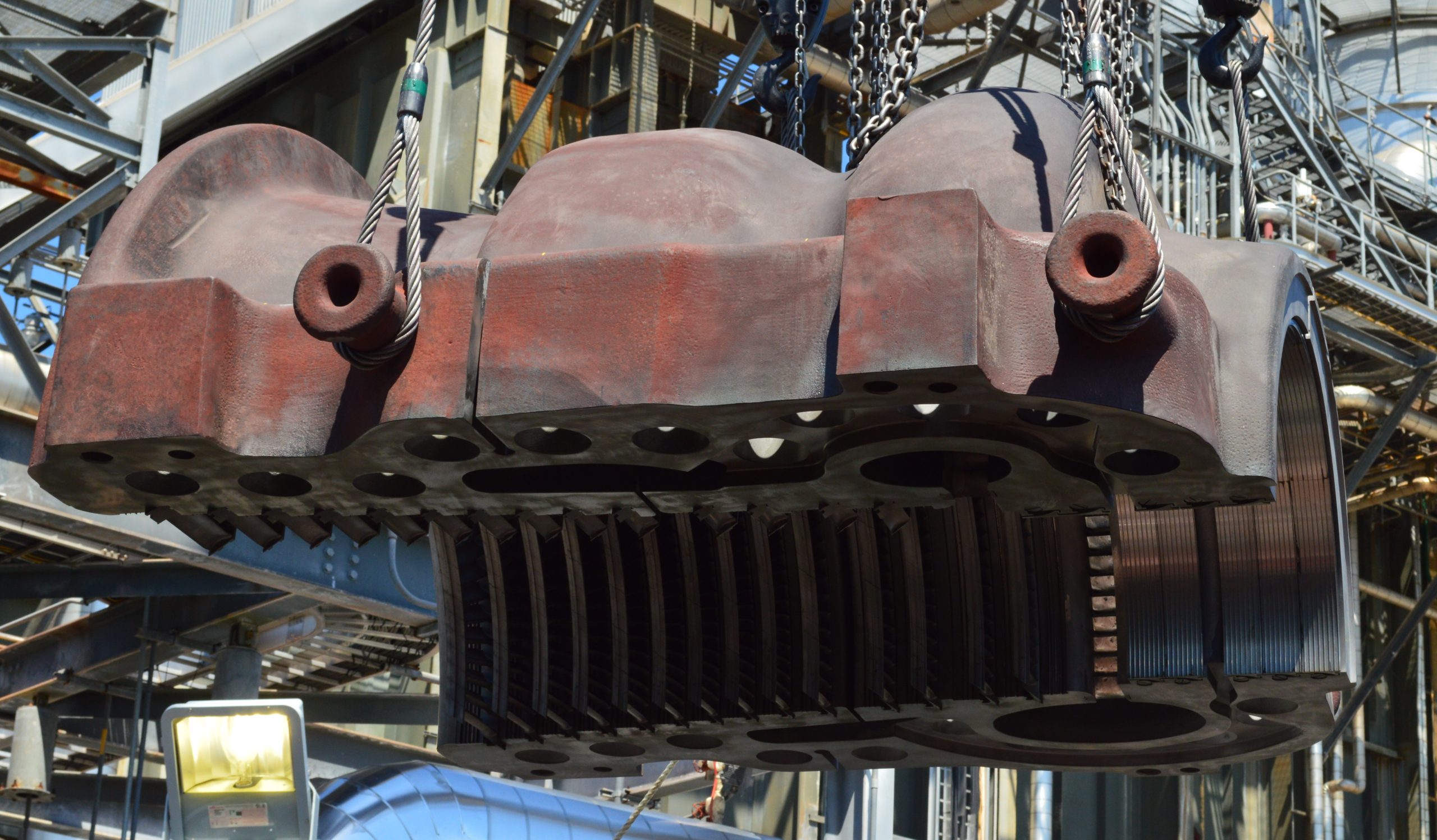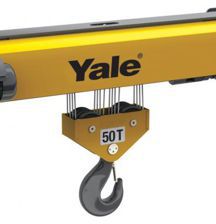 When PSG begins planning for an outage, we ask the customer for a Crane Safety Report complying with OSHA Regulation 29 CFR 1910.179. This is an OSHA compliance issue that PSG feels is well warranted. First, we have a commitment to our employees to keep them safe from harm. A crane malfunction can easily injure, maim or even kill. Second, we have a commitment to our customers to do quality work in the time frame allotted per their work scope. That means the overhead crane needs to be in perfect operational condition in order for PSG to perform the outage safely. A crane malfunction can damage customer property and/or delay operations during repairs.
When PSG begins planning for an outage, we ask the customer for a Crane Safety Report complying with OSHA Regulation 29 CFR 1910.179. This is an OSHA compliance issue that PSG feels is well warranted. First, we have a commitment to our employees to keep them safe from harm. A crane malfunction can easily injure, maim or even kill. Second, we have a commitment to our customers to do quality work in the time frame allotted per their work scope. That means the overhead crane needs to be in perfect operational condition in order for PSG to perform the outage safely. A crane malfunction can damage customer property and/or delay operations during repairs.
Crane safety reports fall into two categories: Frequent and Periodic. Frequent inspections are for cranes that have been idle for a period of 1 month or more, but less than 6 months. This usage pattern necessitates conformance with a minimum set of OSHA requirements. Periodic inspections are for cranes that have been idle for a period of over 6 months. These cranes must be inspected according to more stringent OSHA requirements. Note that the less often the crane is used, the more vital the inspection.
One critical inspection for all cranes is a test of the upper limit switch. This switch is designed to prevent the hook block assembly from contacting the drum assembly. If the block contacts the drum, the hook and block will fall from the maximum height of the crane, dropping whatever load is on that hook. That is a very scary prospect.
To minimize this prospect, the crane operator should keep the block well clear of the limit switch in normal operation. It is a safety device NOT an operational device. And it is just one of the necessary safety requirements which must be verified with the Crane Safety Report.

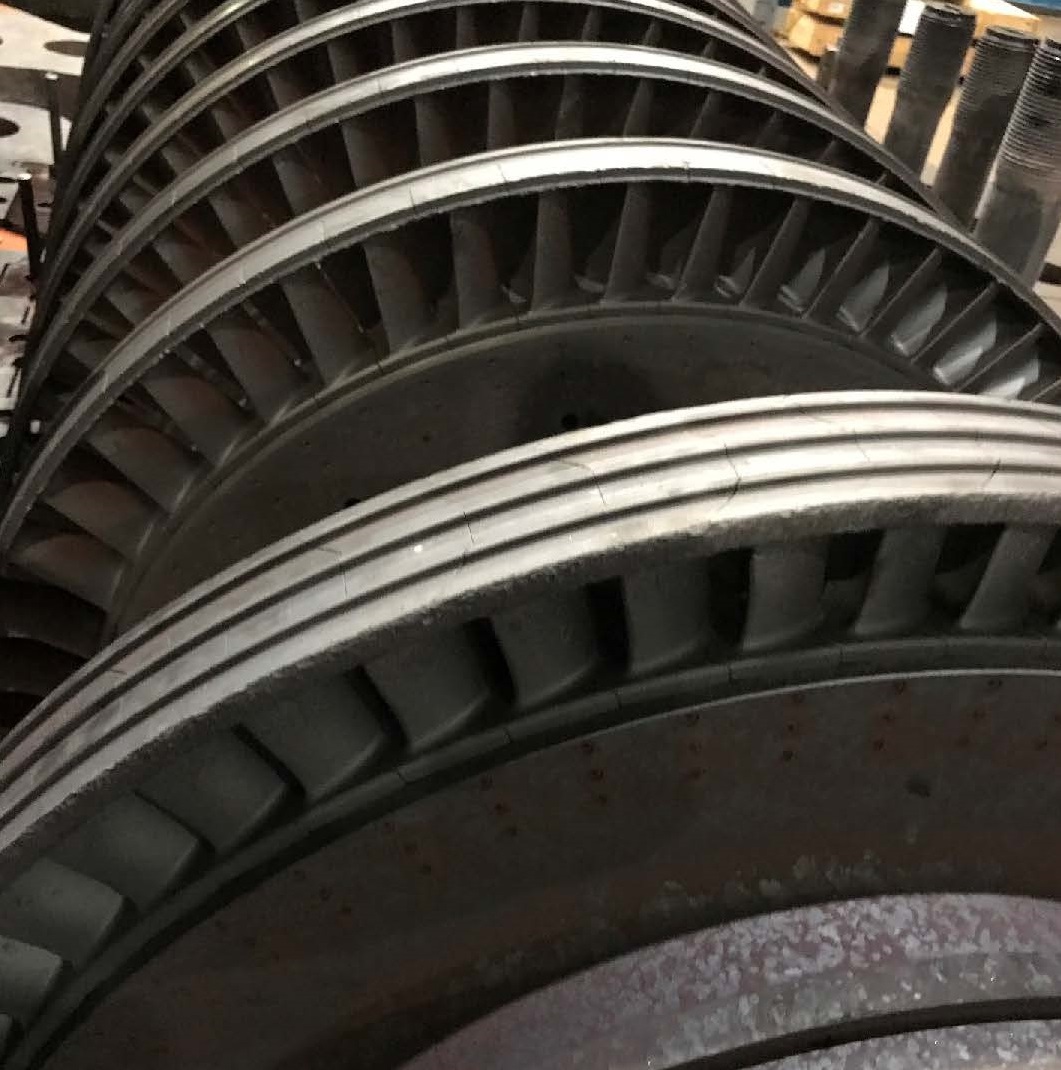
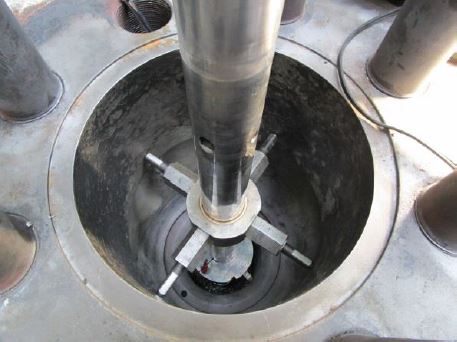
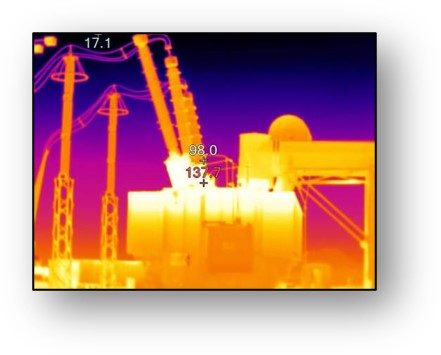
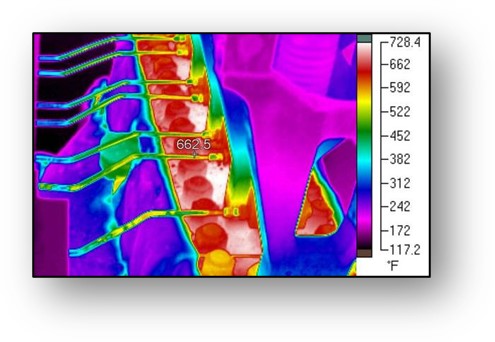
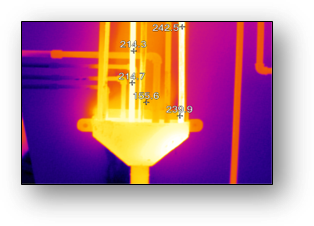
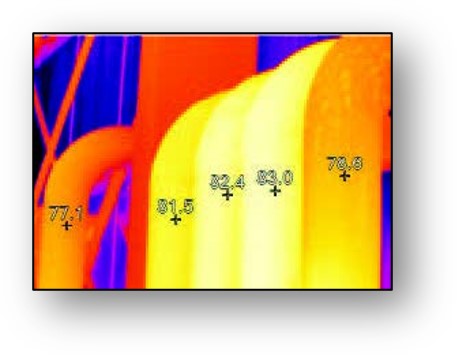
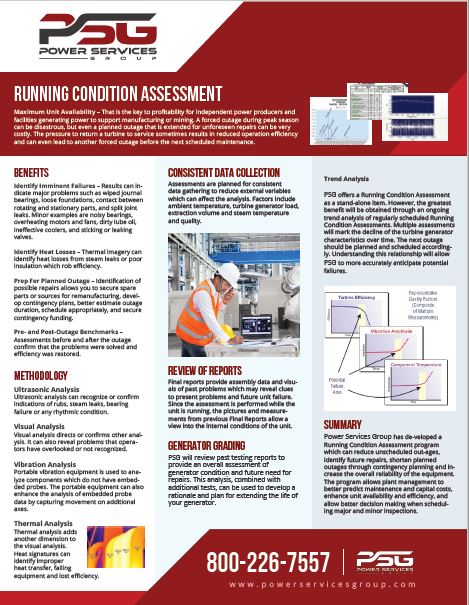
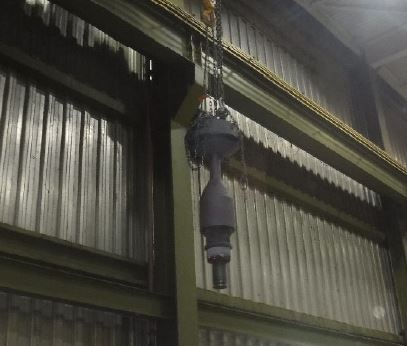
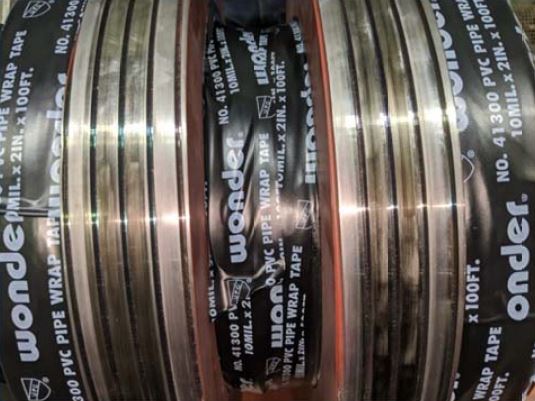
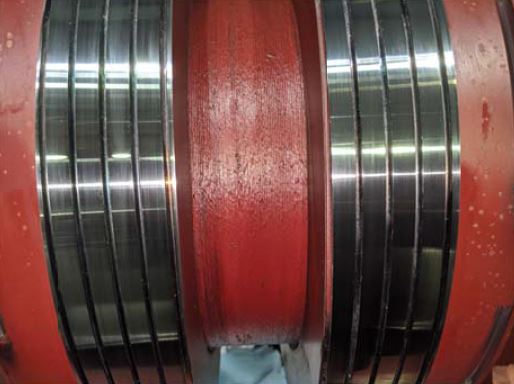
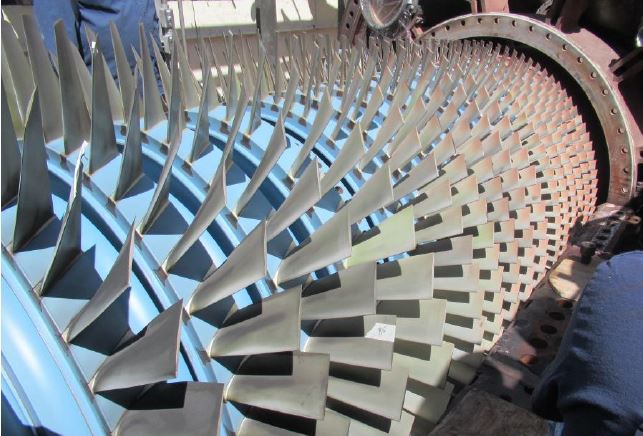
 When PSG begins planning for an outage, we ask the customer for a Crane Safety Report complying with OSHA Regulation 29 CFR 1910.179. This is an OSHA compliance issue that PSG feels is well warranted. First, we have a commitment to our employees to keep them safe from harm. A crane malfunction can easily injure, maim or even kill. Second, we have a commitment to our customers to do quality work in the time frame allotted per their work scope. That means the overhead crane needs to be in perfect operational condition in order for PSG to perform the outage safely. A crane malfunction can damage customer property and/or delay operations during repairs.
When PSG begins planning for an outage, we ask the customer for a Crane Safety Report complying with OSHA Regulation 29 CFR 1910.179. This is an OSHA compliance issue that PSG feels is well warranted. First, we have a commitment to our employees to keep them safe from harm. A crane malfunction can easily injure, maim or even kill. Second, we have a commitment to our customers to do quality work in the time frame allotted per their work scope. That means the overhead crane needs to be in perfect operational condition in order for PSG to perform the outage safely. A crane malfunction can damage customer property and/or delay operations during repairs.